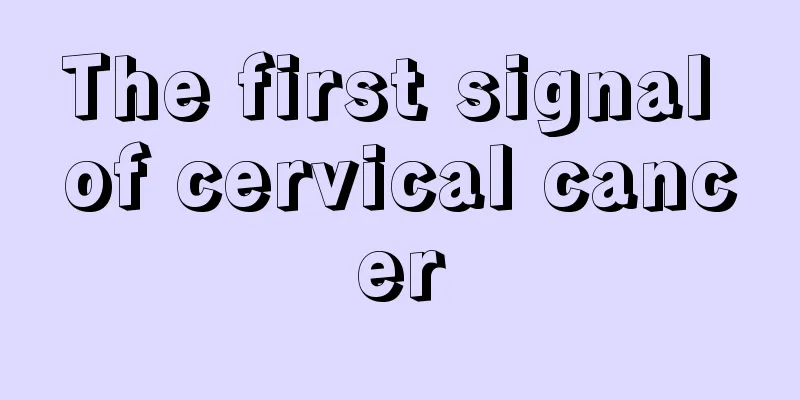What are the sequelae of radiotherapy for nasopharyngeal carcinoma

|
What are the sequelae of radiotherapy for nasopharyngeal carcinoma? What should we do if we find problems? Radiotherapy uses radiation to kill tumor cells, but while killing tumor cells, it will definitely cause varying degrees of damage to the patient's own normal cells. Radiotherapy generally has some complications and sequelae. Sequelae: 1 Systemic reactions: including fatigue, dizziness, loss of appetite, nausea, vomiting, tastelessness or change in taste in the mouth, insomnia or drowsiness, etc. Some patients may experience changes in blood count, especially leukopenia. Although the degree varies, it can generally be overcome through symptomatic treatment and radiotherapy can be completed. If necessary, vitamin B1, B6, C, metoclopramide, etc. can be taken. If the white blood cell count drops below 3×109, radiotherapy should be suspended. 2 Local reactions: including reactions of the skin, mucous membranes, and salivary glands. Skin reactions manifest as dry dermatitis or even wet dermatitis, and anti-inflammatory ointments with 0.1% borneol talc or lanolin as the base can be used topically. Mucosal reactions manifest as congestion, edema, exudation, and accumulation of secretions in the nasopharyngeal and oropharyngeal mucosa, and gargles and lubricating anti-inflammatory agents can be used topically. In a few patients, parotid swelling may occur after 2Gy of parotid irradiation, and the swelling gradually subsides in 2 to 3 days. When irradiated with 40GY, saliva secretion is significantly reduced, while oral mucosal secretion increases, and the mucosa becomes congested and swollen. Patients have dry mouth and difficulty eating dry food. Therefore, excessive irradiation of the parotid gland should be avoided. 3 Radiotherapy sequelae: mainly temporomandibular joint dysfunction and soft tissue atrophy and fibrosis, radiation-induced caries, radiation-induced mandibular osteomyelitis and radiation-induced encephalomyelopathy. |
<<: How to treat early stage nasopharyngeal cancer
>>: How to relieve cough in late stage lung cancer?
Recommend
Is lung cancer contagious and hereditary? How to prevent hereditary lung cancer?
Lung cancer is generally not contagious because c...
The efficacy and function of beeswax amber
With the continuous development and innovation of...
What are the exercise requirements for kidney cancer
Many people have found that once kidney cancer is...
Is the saliva of intestinal cancer contagious
Is the saliva of a person with colorectal cancer ...
How to choose a parasol
The sun is very important to all things in the wo...
Are ovarian tumors harmful?
The harmfulness of ovarian tumors varies dependin...
Indicators after unilateral surgery for thyroid cancer
The postoperative indicators of unilateral thyroi...
What is the normal corneal thickness?
The thickness of each person's cornea may be ...
What are the functions and effects of shampooing hair with mulberry leaves
I believe everyone is familiar with mulberry leav...
The harm of mobile phone cases
Everyone should use mobile phone cases in daily l...
What does a man with a big Adam's apple mean
When it comes to male characteristics, everyone a...
What are the characteristics of diarrhea caused by intestinal cancer
Diarrhea generally refers to diarrhea. The charac...
Location of pharyngitis
Pharyngitis is a very common disease in the human...
Can sunbathing supplement calcium?
In life, many people believe that regular sunbath...
Left side facial muscle twitching
In daily life, some people experience twitching o...









